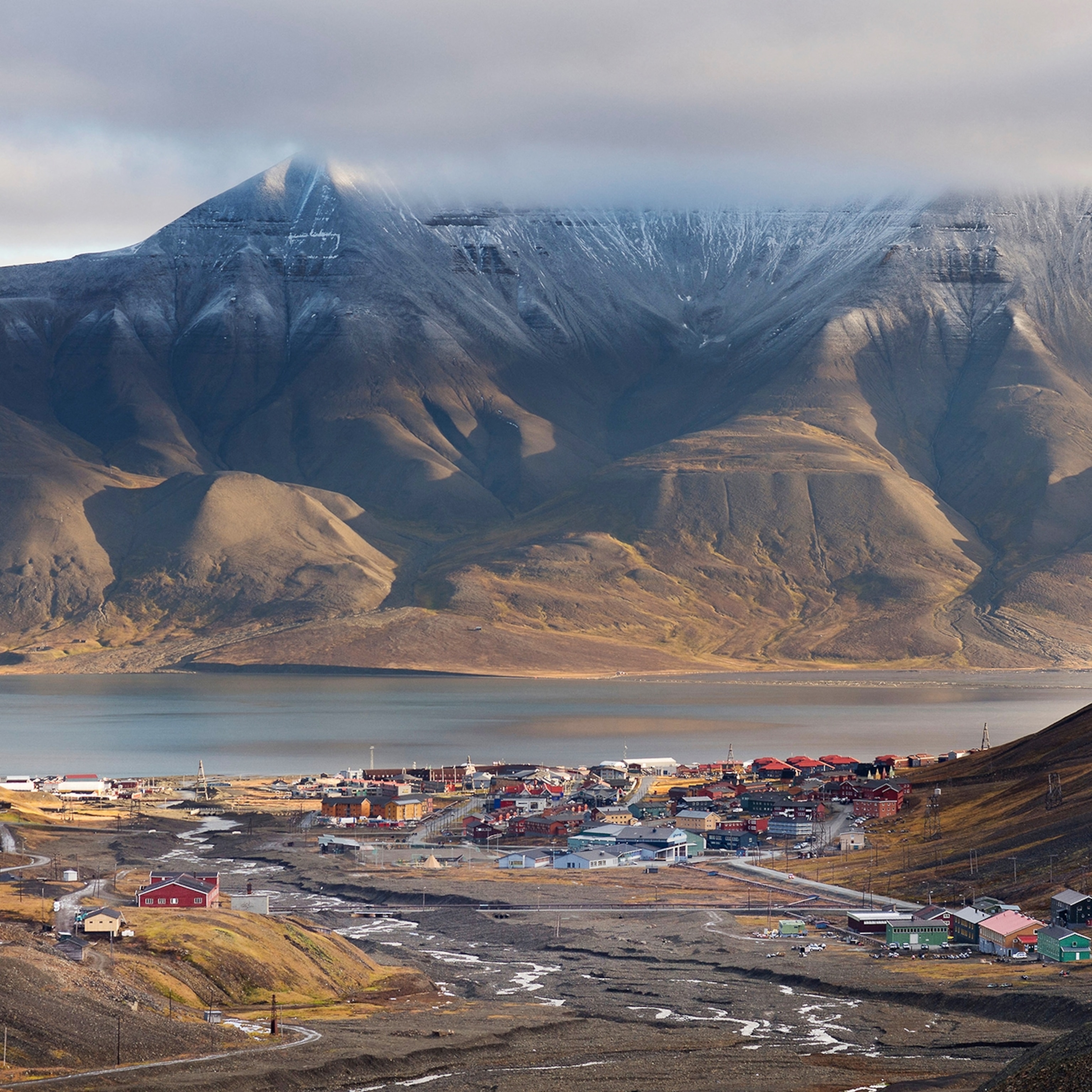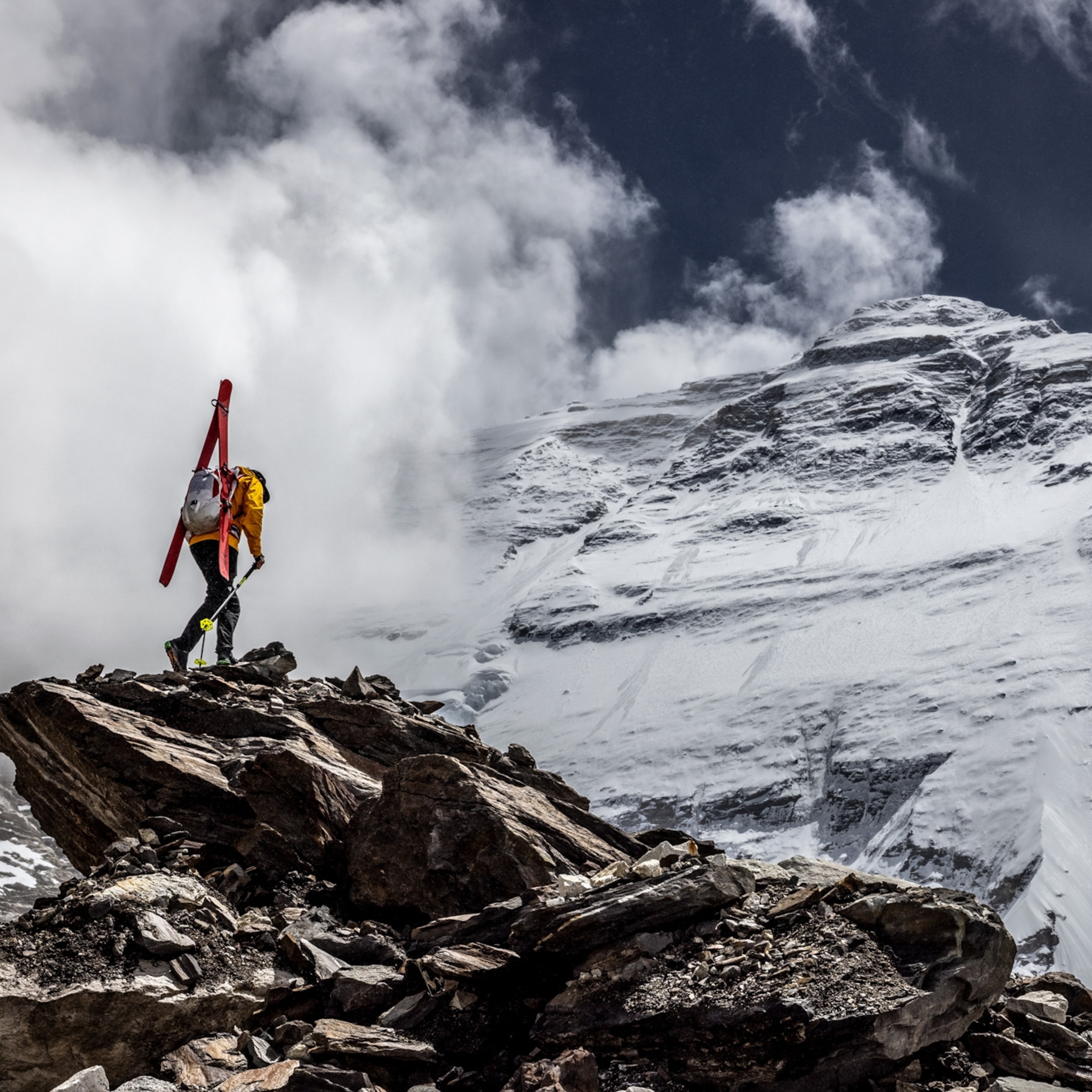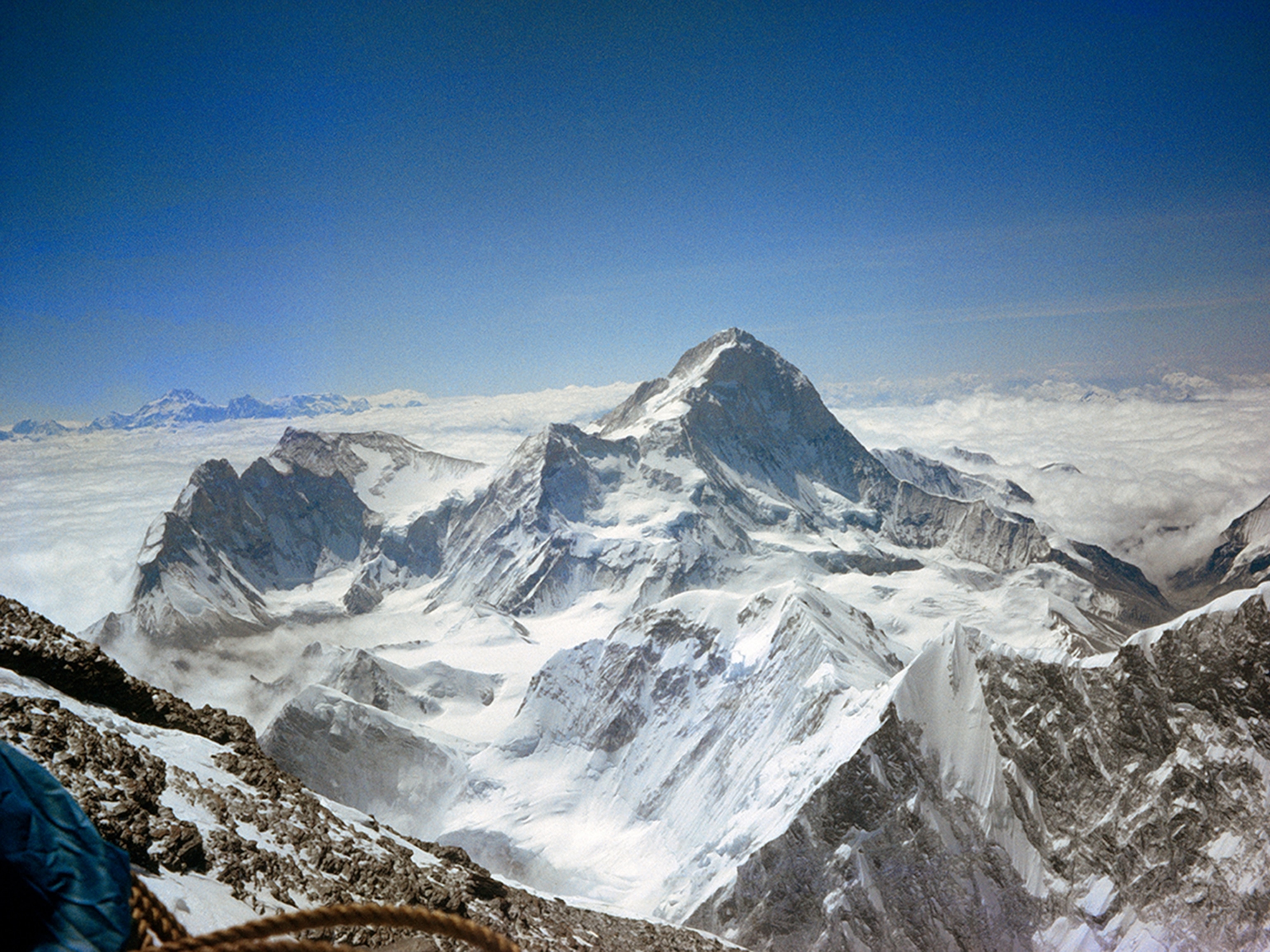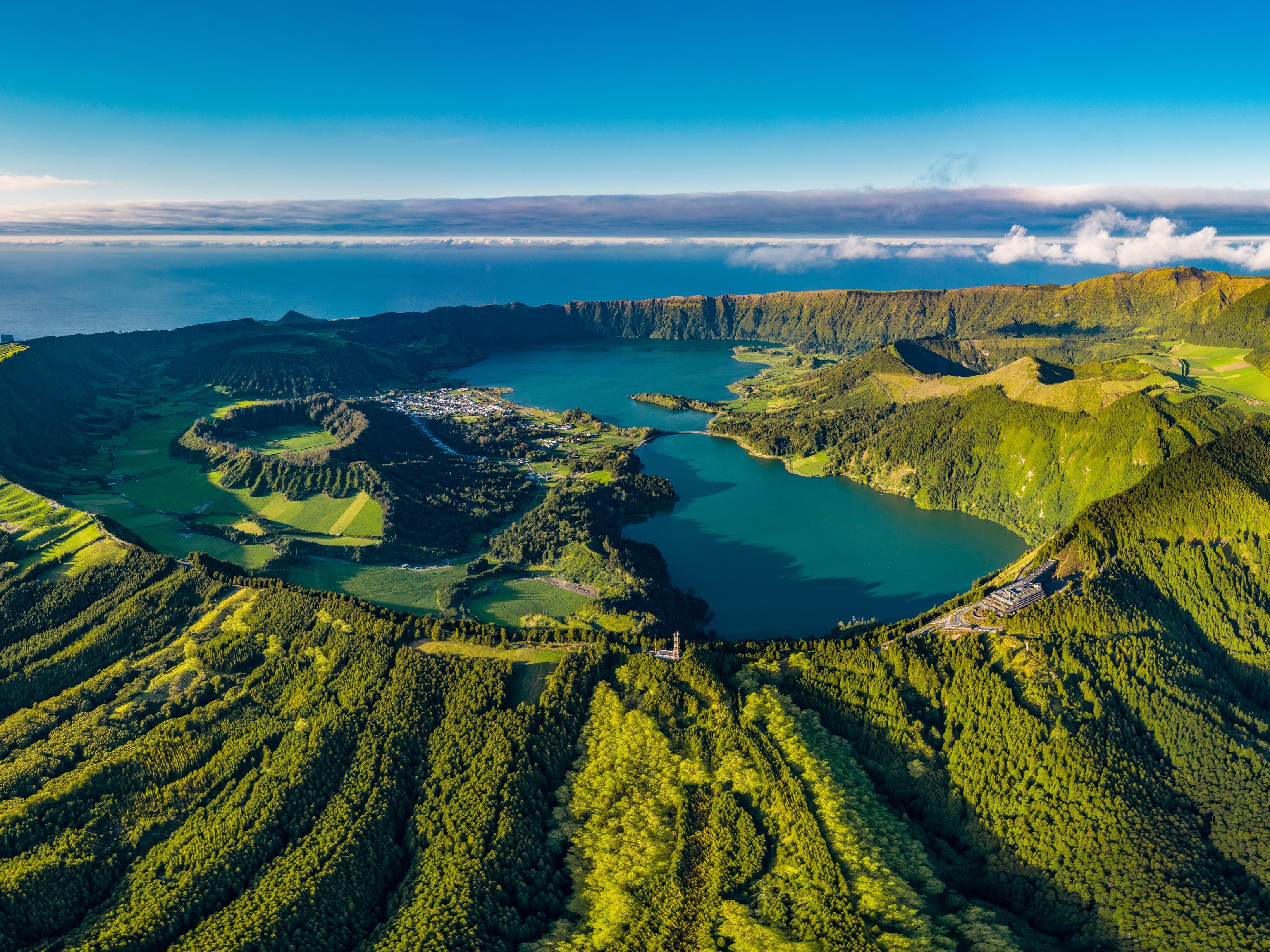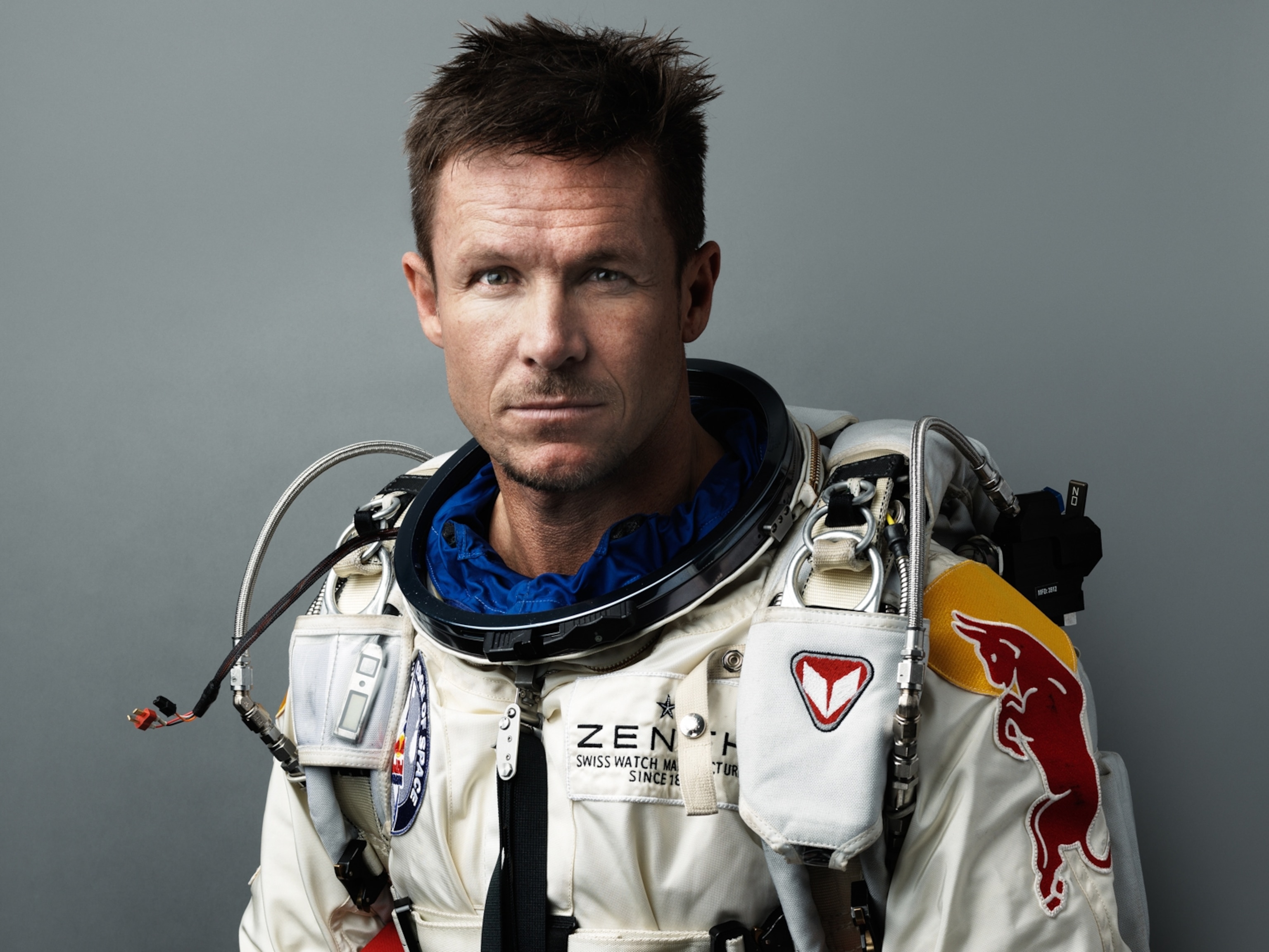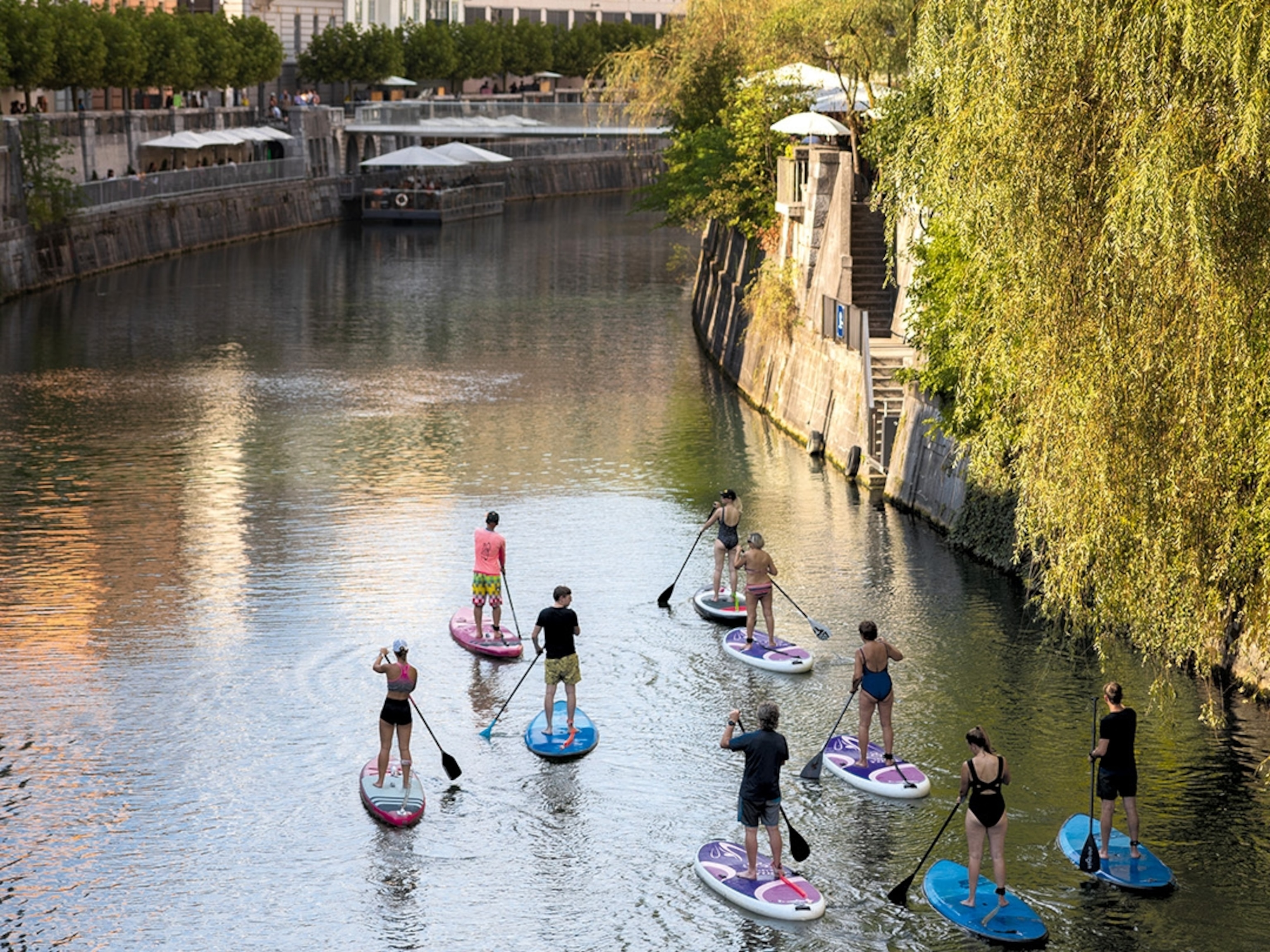Climbers Tommy Caldwell and Kevin Jorgeson
Two climbers captured the world’s attention as they completed the visionary first free climb of Yosemite’s Dawn Wall, considered the world’s longest, hardest, blankest rock climb.
On the evening of January 8, 2015, Tommy Caldwell (right), 37, and Kevin Jorgeson, 31, sat in a collection of portaledges—hanging cot-tent hybrids—that dangled halfway up El Capitan’s 3,000-foot Dawn Wall, considered the world’s hardest rock climb. Soon, Jorgeson would don his headlamp and cast off into a vertical sea of nearly featureless granite. The only way up would involve massive lunges between holds the size of a dime’s edge.
Most people climb in Yosemite in the spring or fall and during the daytime, but the difficulty of the Dawn Wall forced the pair to climb at night in the middle of winter—the only time cold and dry enough that they had enough friction to cling to the tiny granite edges. For the past seven nights, Jorgeson’s split, bloody, superglued, and taped fingers failed him, slipping off of the same razor-edge hold at pitch 15, the second most difficult section of the route. Caldwell had made the move five nights earlier. Jorgeson had decided that if he couldn’t grab the hold that night, he would forfeit his own success, and support Caldwell up the rest of the route. Around the globe, major news outlets reported on the duo’s progress on the wall, and eventually started live broadcasts of the climb in anticipation of its finish.
“I think that he was on the verge of collapse,” says Caldwell. “I thought about what it would be like to go to the top without him. It just sounded terrible.”
Fortunately, Jorgeson performs best under pressure, and he finally completed pitch 15.
“It's a question of, ‘Are you able to legitimately recover, mentally, from the disappointment and devastation of failing, again, and turn that around to a place of genuine confidence and resolve on the next climbing day?’” says Jorgeson. “You have to be in the right mind-set as an athlete to do the hardest thing you've ever done in your life.”
On January 14, after 19 days on the wall, Jorgeson and Caldwell scrambled into the swarm of friends, family, and cameras that awaited them at the top of El Capitan. Jorgeson had finally climbed El Capitan from top to bottom for the first time, and the two had completed the seven-year project that redefined what humans can climb.
Historically, routes on walls the size of El Capitan follow a natural weakness—a crack. It took Caldwell a full year of exploration to find a continuous line of holds through the smooth face. Even after he found his path of vertical stepping-stones, he didn’t know whether he would ever have the strength to make all of the moves himself. In 2009, a climbing film called Progression released. The final segment featured Caldwell swinging around a featureless section of the Dawn Wall, calling out the next generation to come and help him finish the next-level route.
Enter Jorgeson, an unlikely partner for a next-level 3,000-foot wall. The then 25-year-old had been featured in a different segment of the same film for his ascent of Ambrosia, an impossibly difficult 45-foot-tall boulder.
“I was a young athlete at the top of his game, but at the end of the line,” Jorgeson remembers. “To keep pushing that further would mean willingly risking death on every single project. I needed a whole new discipline, not just a new project.”
After Jorgeson first watched the film segment, he sent Caldwell a message. A few weeks later, he got a reply, asking him to come to Yosemite in October. At that point, Jorgeson had never climbed El Capitan, or even spent the night on a rock climb.
“The pool of candidates is not as big as you might imagine,” Caldwell explains. “It's dreadfully painful, and it takes a certain type of mentality ... Kevin was really the first one to step up and volunteer ... Even for Kevin, it was a pretty big burden to bear.”
Caldwell and Jorgeson found that their skill sets complemented one another. Caldwell’s 20 years of experience on big walls made up for Jorgeson’s lack thereof, and Jorgeson’s talent for unlocking short sequences of extremely difficult moves meant that he could prove early on that all of the moves on the route were possible.
So, the pair continued, year after year, to work on their project—through early snowstorms in 2010, an ankle injury that sidelined Jorgeson in 2011, and a government shutdown and then a fractured rib that took Caldwell out in 2013.
“I doubted whether I'd be able to do it all the way until the very last push,” Caldwell admits. “I think the fact that I didn't know whether I'd be able to do it or not was one of the reasons for trying so hard. It adds drama. If it's a sure bet, it's less interesting. I loved the dream of it.”
—Jen Altschul
THE INTERVIEW
Adventure: Outwardly, the injuries, the 2013 government shutdown and the national park closure that resulted, the weather, or just the sheer difficulty of the climb seem like the biggest obstacles. What was the most challenging part of that route for you?
Kevin Jorgeson: Confidence. And experience. It's all mental. I was strong enough to do all of these moves five years ago ... It was more a question of, mentally, can you get to that place where you're calm enough and confident enough to do it all under pressure and in sequence start to finish.
Tommy Caldwell: This seems kind of lame, but skin durability. That's what shut us down over and over again ... We really had to conserve the amount of time that we would grab the holds. On a day-to-day basis, I actually climbed way less than I normally do in everyday life. And that was purely because the holds are so sharp, and the environment, in the middle of winter, is so dry and so chapping. That's why it took us so long—19 days to climb El Cap, and I've climbed El Cap in like four hours, before.
A: What was the most bizarre way you tried to salvage your skin?
TC: I heard somewhere that leafy greens helped your skin. So, we started eating bags of kale, because I figured that was like the most hearty leafy green that could withstand being in a haul bag.
- National Geographic Expeditions
A: What’s next?
KJ: I'm looking forward to Yosemite season this fall, and finding a new discipline, just like I did at the end of Ambrosia ... Another period of reinvention. I grew up as a river rat. My dad was a river guide. There are photos of me [as a] naked little kid in the back of the truck with a bunch of life jackets and boats. I want to use rivers like a trailhead for exploring, discovering, and developing totally unseen canyons around the world where trails don't go, roads don't go, helicopters don't go—the more remote the better ... What amazing cliffs and boulder fields are out there that no climber has ever set eyes on before simply because you have to use a river to get there?
TC: I always wanted to write a book, and after climbing the Dawn Wall, I was like, ‘Alright, this is the time to do it.’ So, I'm doing that. I feel like I've kind of gone back to school between that and doing speaking engagements. I feel constantly challenged in a really new way. That feels good to me, because I bailed on college. I've been this mindless monkey for the last 20 years, and I'm trying to remember how to use my brain, and that seems like a healthy thing.
A: Do you feel more scared of your speaking engagements than you did on El Cap?
TC: Well, it's different. El Cap has been my thing for like 20 years, so I was pretty used to it. I was used to the failure, I was used to the progression, I was used to all of it, whereas speaking is a brand-new thing. So, right now, yes. But, when I first started climbing on El Cap, it was pretty scary, too.
A: What was so special about the Dawn Wall to the world of climbing?
TC: It was the first time someone's taken on a project and really dedicated on a single thing for that long ... Most people will figure out how good they are, and then they'll pick the climb to match that. The Dawn Wall was about dreaming as big as I could and becoming the man that could do it.
